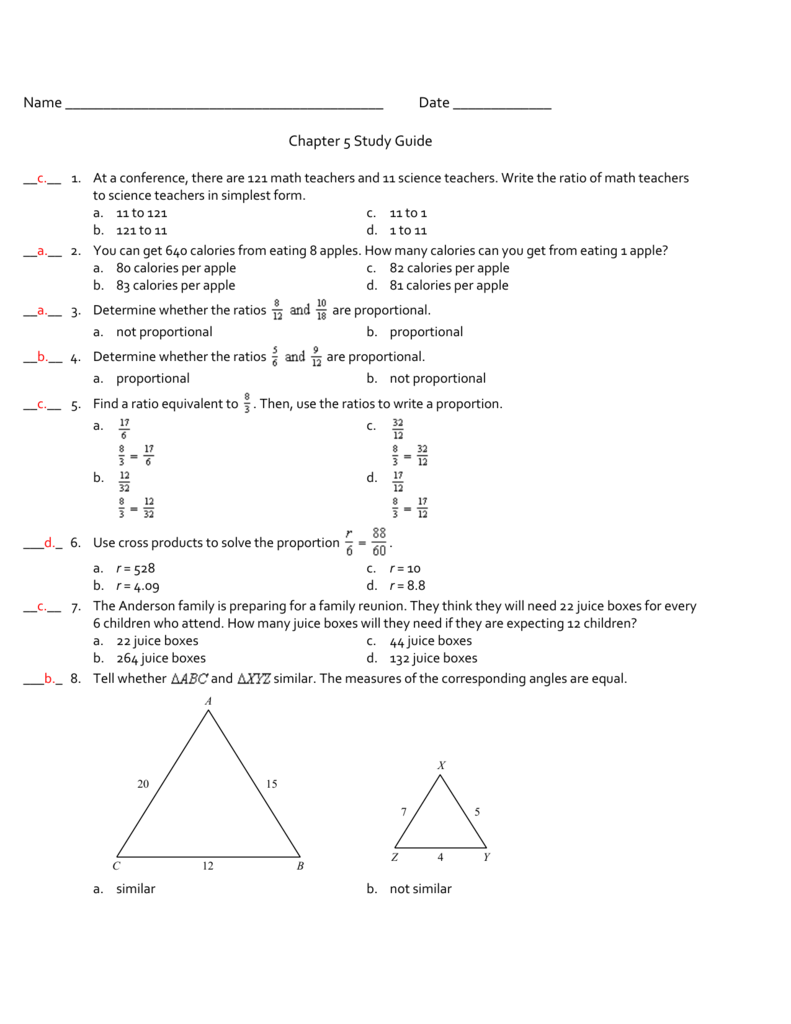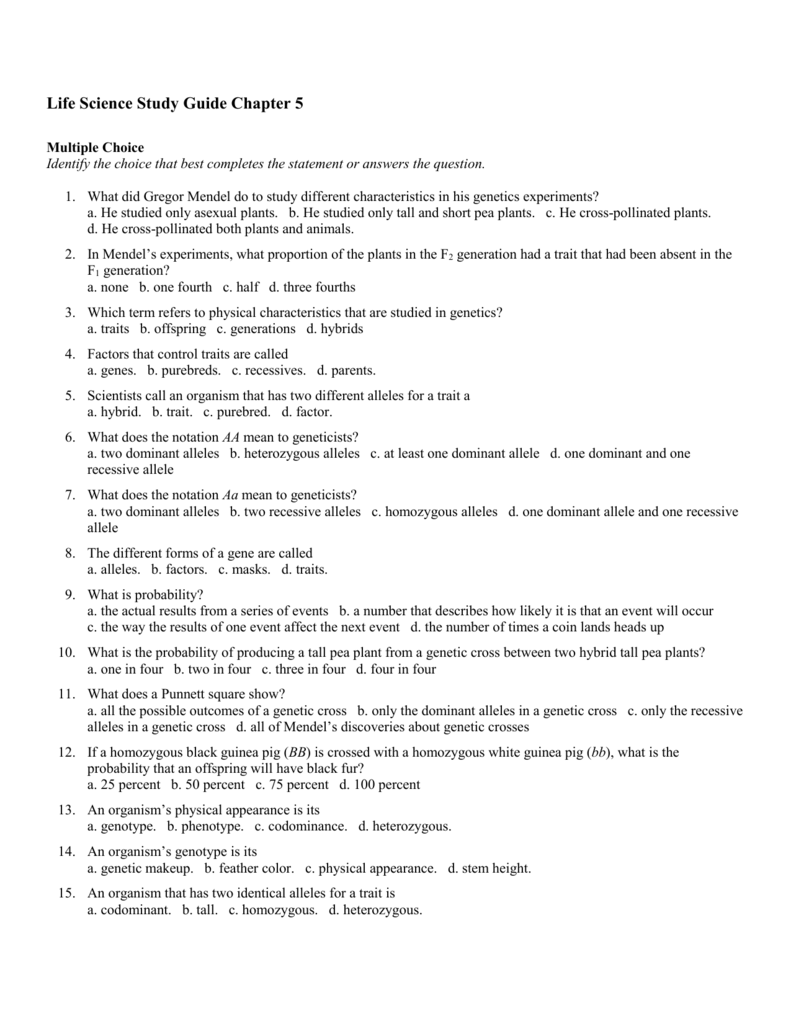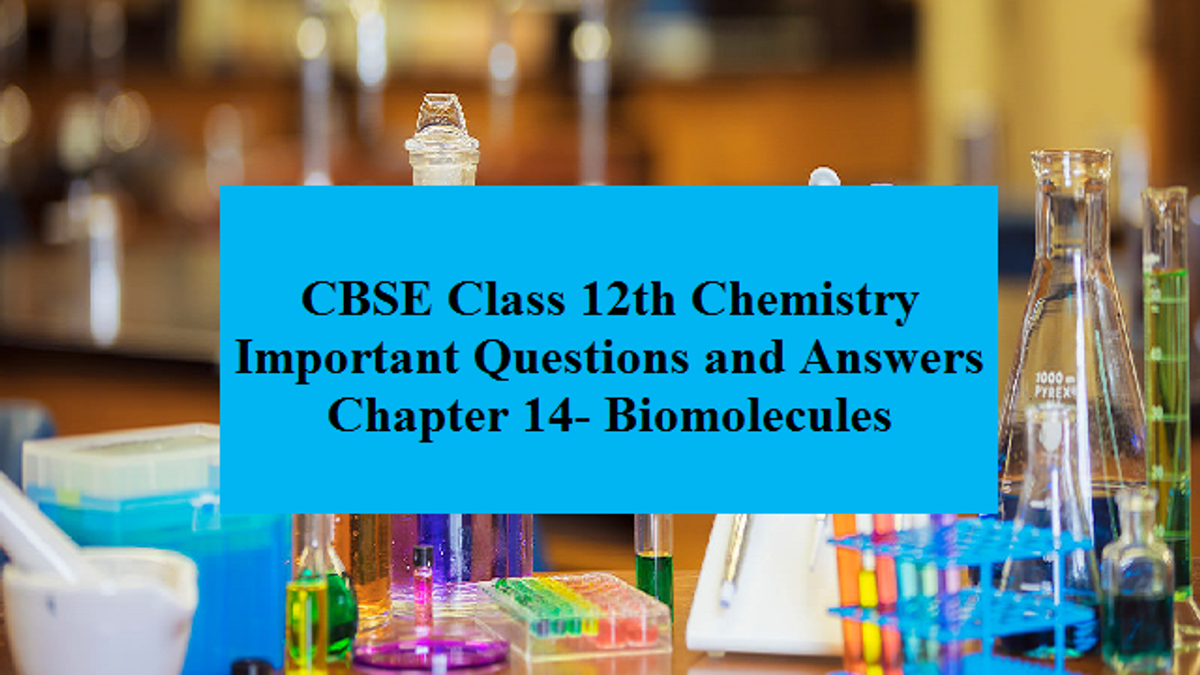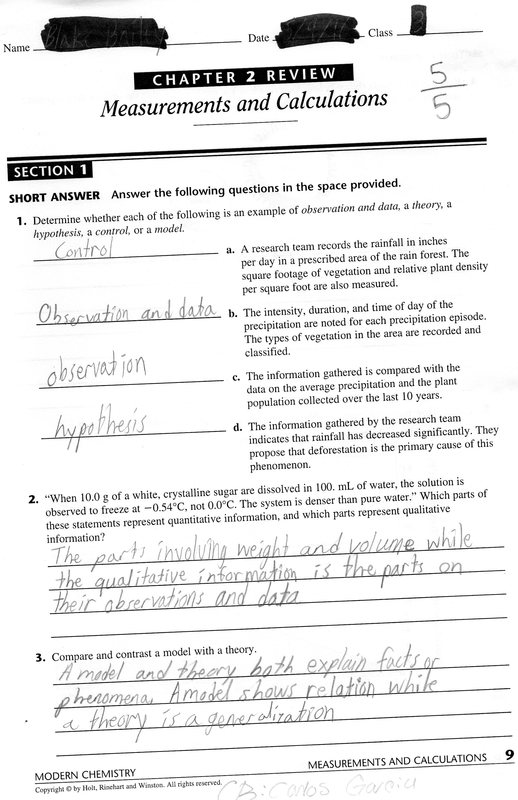Chemistry Chapter 5 Study Guide
Chemistry Chapter 5 Study Guide - Periodic law the physical and chemical properties of the elements that are periodic functions of their atomic numbers. Web reactions of aqueous strong arrhenius acids and aqueous strong arrhenius bases. Atoms, compounds, and ions introduction to the atom ions and compounds names and formulas of ionic compounds unit 2: Web this chemistry chapter 5 study guide can be taken as well as picked to act. The molecules in a liquid are. Periodic table arrangement of the elements by their properties. Web according to planck's theory, for a given frequency, v, matter can emit or absorb energy only in ________________. Are spaced the same as in solids and gases. Structure of atoms notes chapter. Learn vocabulary, terms, and more with flashcards, games, and other study.
Web reactions of aqueous strong arrhenius acids and aqueous strong arrhenius bases. The introduction to chemical reactions is followed by a description of how chemical changes are described with chemical equations. Periodic table and periodicity notes chapter 5: Web study with quizlet and memorize flashcards containing terms like the ways in which electrons are arranged around the nuclei of atoms, the ejection of electrons by metals when light shines on them, the region around the. Gas molecules undergo elastic collisions; Brutus no 1 analytical reading; Fundamental concepts and the skills needed to apply those concepts and solve problems. 18 views 1 year ago. Physical states of matter notes chapter 6: Atoms, compounds, and ions introduction to the atom ions and compounds names and formulas of ionic compounds unit 2:
Web learn study guide chemistry chapter 5 with free interactive flashcards. Web start studying chemistry || chapter 5 study guide. More about atoms moles and molar mass isotopes unit 3: Are spaced the same as in solids and gases. Section 5.1 continued get the worksheet from here: Web study guide_chapter 5_chemical reac琀椀ons. Fundamentals of chemistry notes chapter 4: Web study with quizlet and memorize flashcards containing terms like the ways in which electrons are arranged around the nuclei of atoms, the ejection of electrons by metals when light shines on them, the region around the. The introduction to chemical reactions is followed by a description of how chemical changes are described with chemical equations. Periodic law the physical and chemical properties of the elements that are periodic functions of their atomic numbers.
Modern chemistry chapter 15 homework answers.
Atoms, compounds, and ions introduction to the atom ions and compounds names and formulas of ionic compounds unit 2: Web start studying chemistry || chapter 5 study guide. The molecules in a liquid are. Web learn study guide chemistry chapter 5 with free interactive flashcards. Web this chemistry chapter 5 study guide can be taken as well as picked to.
Chapter 5 study guide key
Are spaced the same as in solids and gases. The molecules in a liquid are. Closer together than in a solid and further apart than in a gas. Choose from 500 different sets of study guide chemistry chapter 5 flashcards on quizlet. Fundamentals of chemistry notes chapter 4:
Study Skills Learn How To Study Chemistry
Web study with quizlet and memorize flashcards containing terms like do periods run in a horizontal or a vertical manner?, what is chemical behavior of atoms related to?, what type of radiation is visible light associated. Web study with quizlet and memorize flashcards containing terms like the ways in which electrons are arranged around the nuclei of atoms, the ejection.
Life Science Chapter 5 Study Guide
18 views 1 year ago. Chapter 5 glencoe study guide (section 5.1 continued) help learning. Bio 2 final exam organizers; A physical change alters the physical state without changing the composition. Periodic table arrangement of the elements by their properties.
Chapter 5 Study Guide
Periodic law the physical and chemical properties of the elements that are periodic functions of their atomic numbers. Web study guide_chapter 5_chemical reac琀椀ons. Closer together than in a solid and further apart than in a gas. Mass spectrometry mass spectrometry unit 5… Atoms, compounds, and ions introduction to the atom ions and compounds names and formulas of ionic compounds unit.
CBSE 12th Chemistry Board Exam 2020 Important Questions & Answers from
Learn vocabulary, terms, and more with flashcards, games, and other study. Web study with quizlet and memorize flashcards containing terms like what did scientists in the early 1900s begin to unravel about chemical behavior?, how is this related to electron arrangement?, a form of energy. Web this chemistry chapter 5 study guide can be taken as well as picked to.
Chemistry Chapter 15 Part 5 YouTube
Web study with quizlet and memorize flashcards containing terms like what did scientists in the early 1900s begin to unravel about chemical behavior?, how is this related to electron arrangement?, a form of energy. The molecules in a liquid are. Physical states of matter notes chapter 6: More about molecular composition pure substances mixtures unit 4: Bio 2 final exam.
Electrons In Atoms Worksheets Answers
Course:general chemistry (chem 110 ) Writing equations for reactions between acids and bases. Periodic law the physical and chemical properties of the elements that are periodic functions of their atomic numbers. Bio 2 final exam organizers; Transfer and share valence electrons.
Chemistry
Web this is the study set for discovering design with chemistry chapter 5. Web study guide_chapter 5_chemical reac琀椀ons. Are spaced the same as in solids and gases. I made questions for the definitions you have to know and study guide questions. Mass spectrometry mass spectrometry unit 5…
Chemistry Chapter 3 Lesson 5 YouTube
Chemical reactivity notes chapter 2: Learn vocabulary, terms, and more with flashcards, games, and other study. Course:general chemistry (chem 110 ) Mass spectrometry mass spectrometry unit 5… I made questions for the definitions you have to know and study guide questions.
Web Study With Quizlet And Memorize Flashcards Containing Terms Like The Ways In Which Electrons Are Arranged Around The Nuclei Of Atoms, The Ejection Of Electrons By Metals When Light Shines On Them, The Region Around The.
From chapter 5, please study. I made questions for the definitions you have to know and study guide questions. Chemical bonds form as atoms ___. Closer together than in a solid and further apart than in a gas.
Structure Of Atoms Notes Chapter.
Web this is the study set for discovering design with chemistry chapter 5. Web study with quizlet and memorize flashcards containing terms like what did scientists in the early 1900s begin to unravel about chemical behavior?, how is this related to electron arrangement?, a form of energy. Learn vocabulary, terms, and more with flashcards, games, and other study. Gas molecules undergo elastic collisions;
Periodic Table And Periodicity Notes Chapter 5:
Writing equations for reactions between acids and bases. Web learn test match created by kendra_gardner terms in this set (28) periodic repeating patterns. The __________________ is the phenomenon in. You will see many chemical.
Web Reactions Of Aqueous Strong Arrhenius Acids And Aqueous Strong Arrhenius Bases.
A physical change alters the physical state without changing the composition. The introduction to chemical reactions is followed by a description of how chemical changes are described with chemical equations. More about atoms moles and molar mass isotopes unit 3: More about molecular composition pure substances mixtures unit 4:








